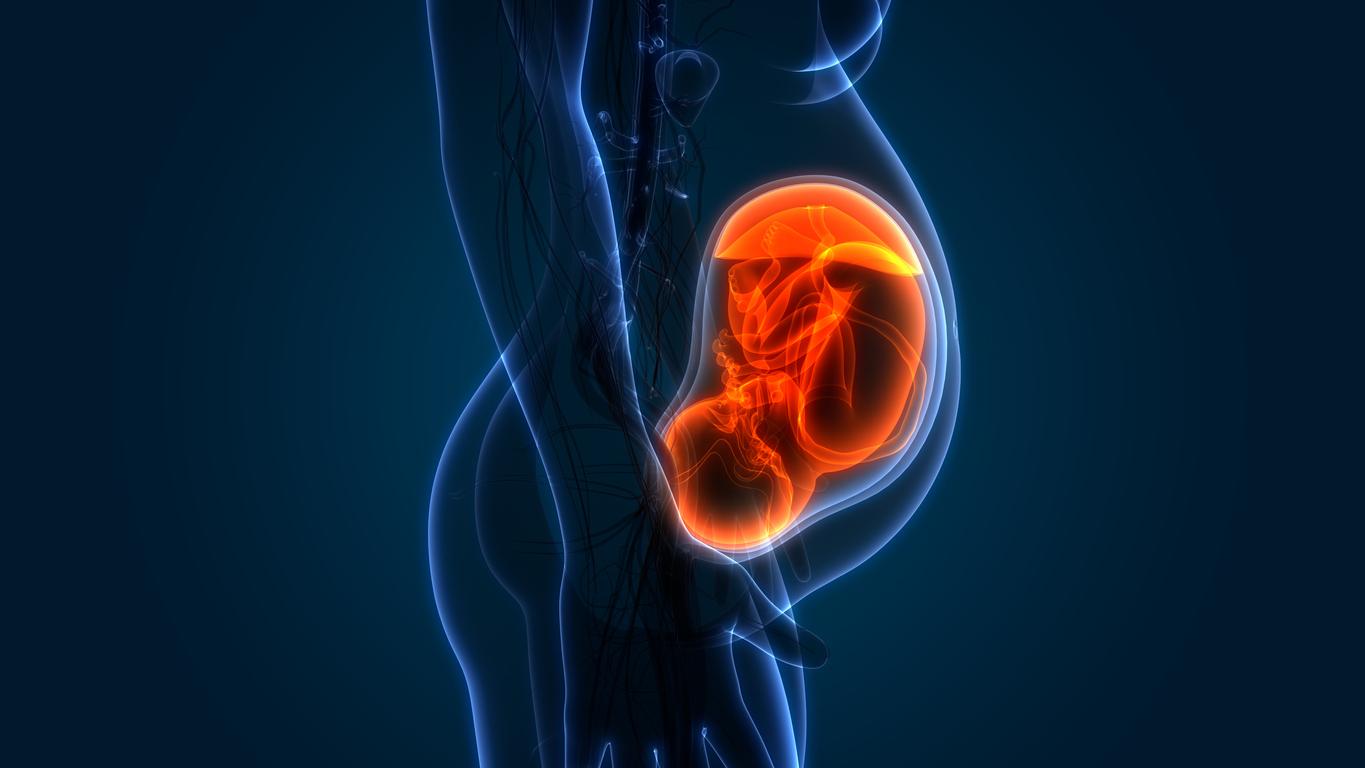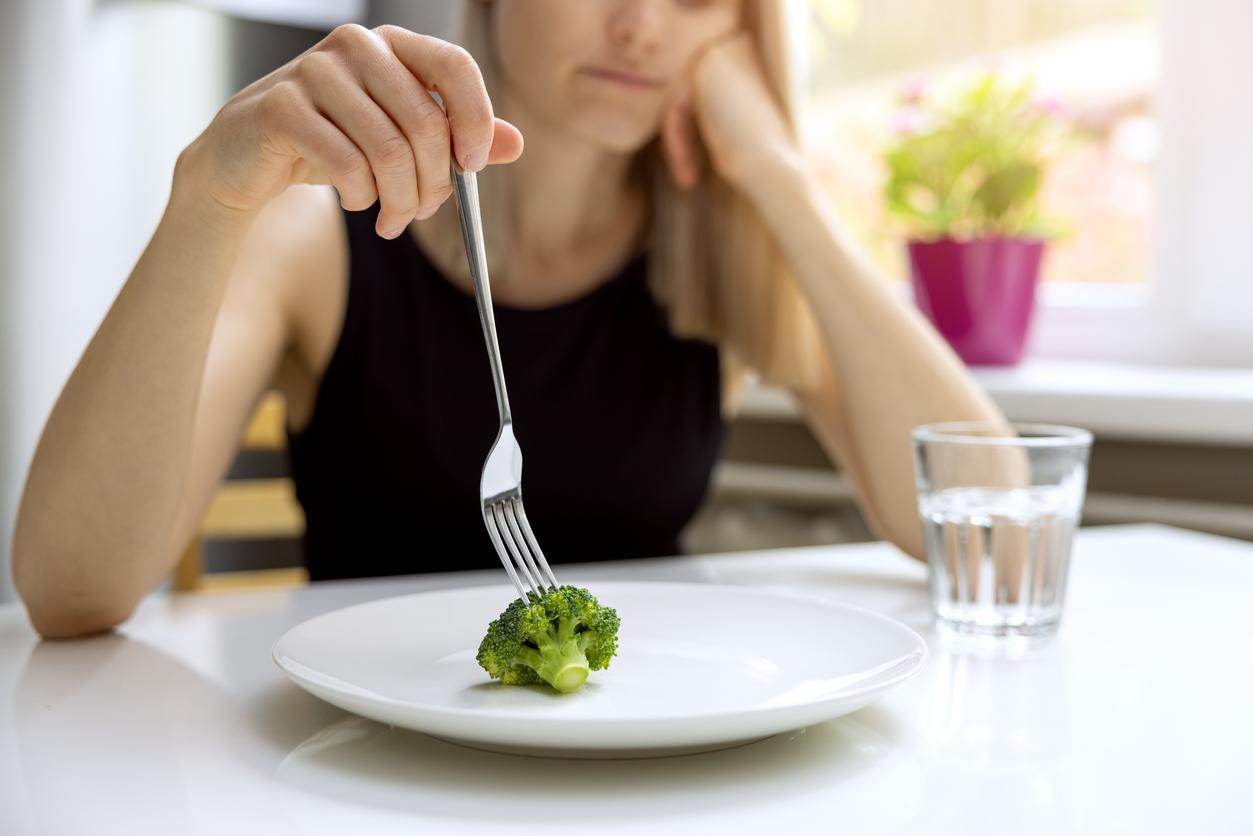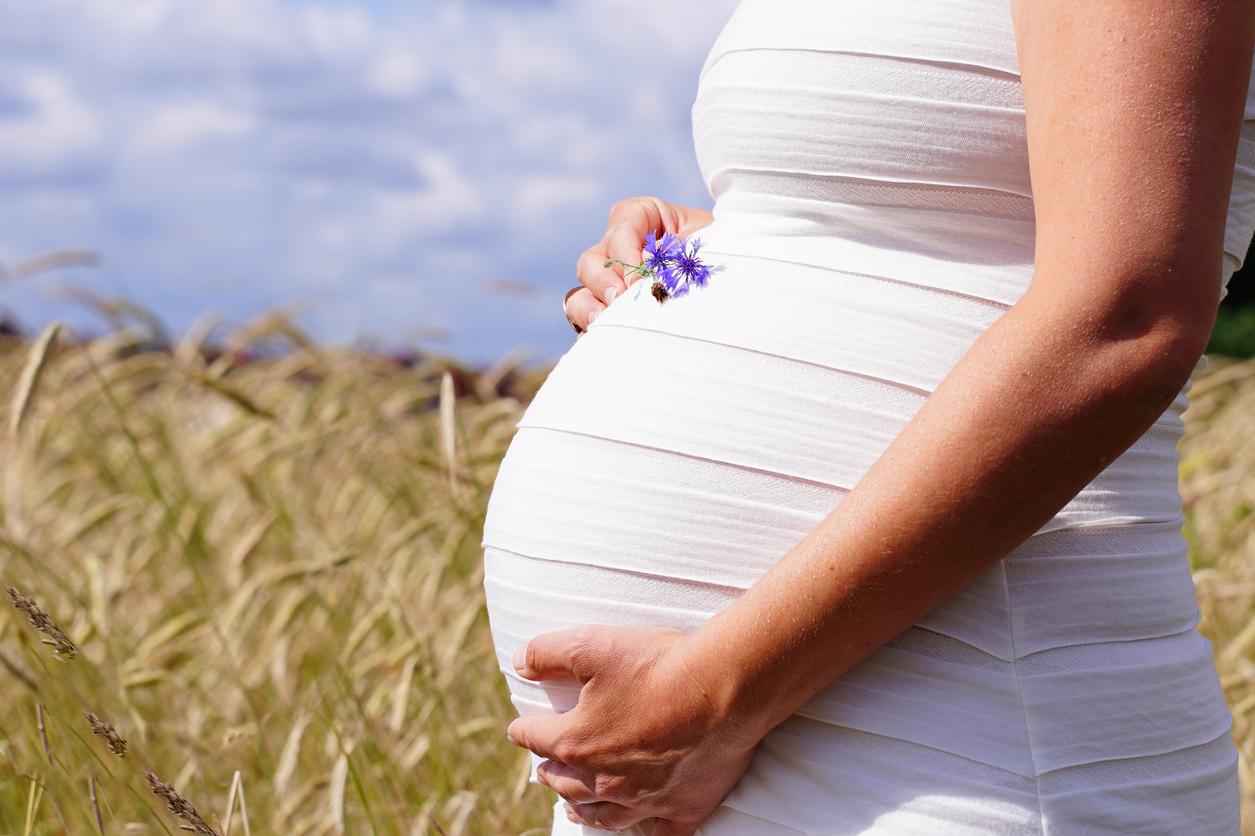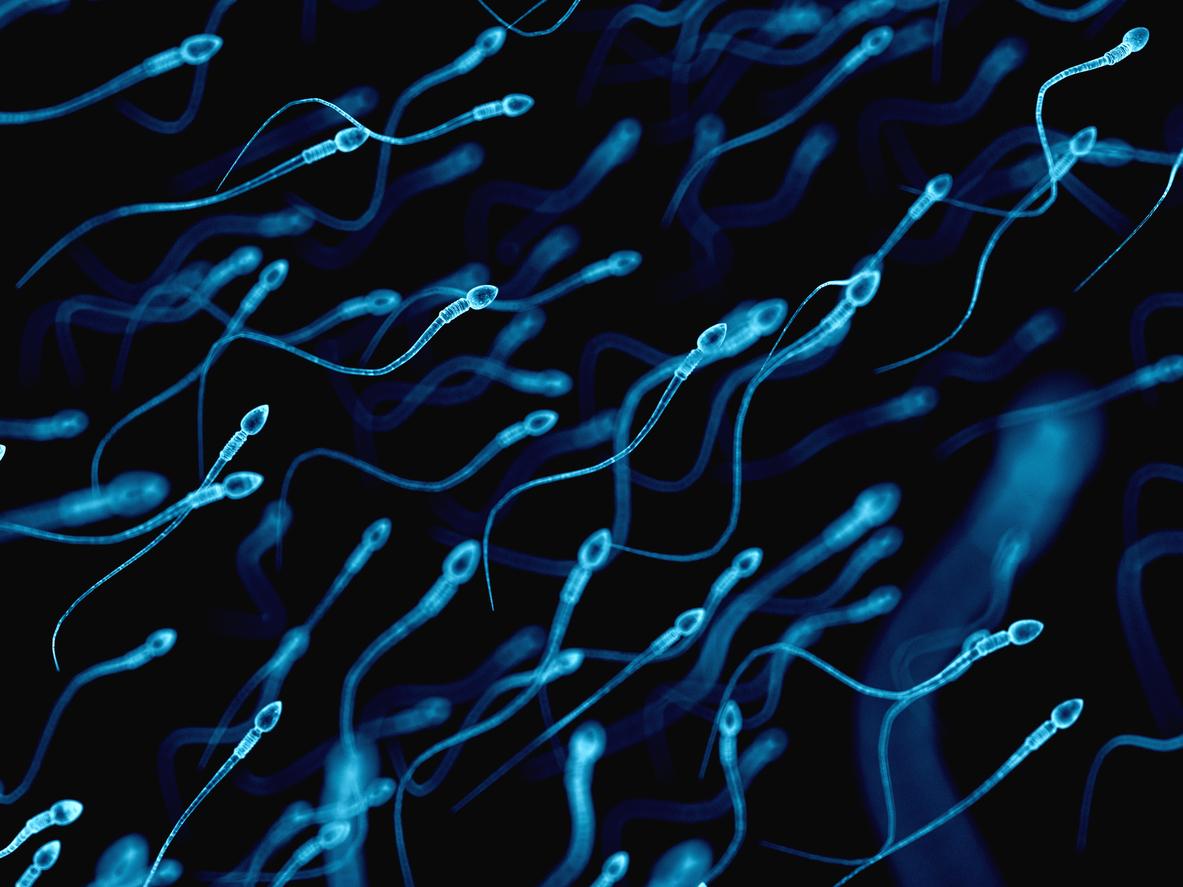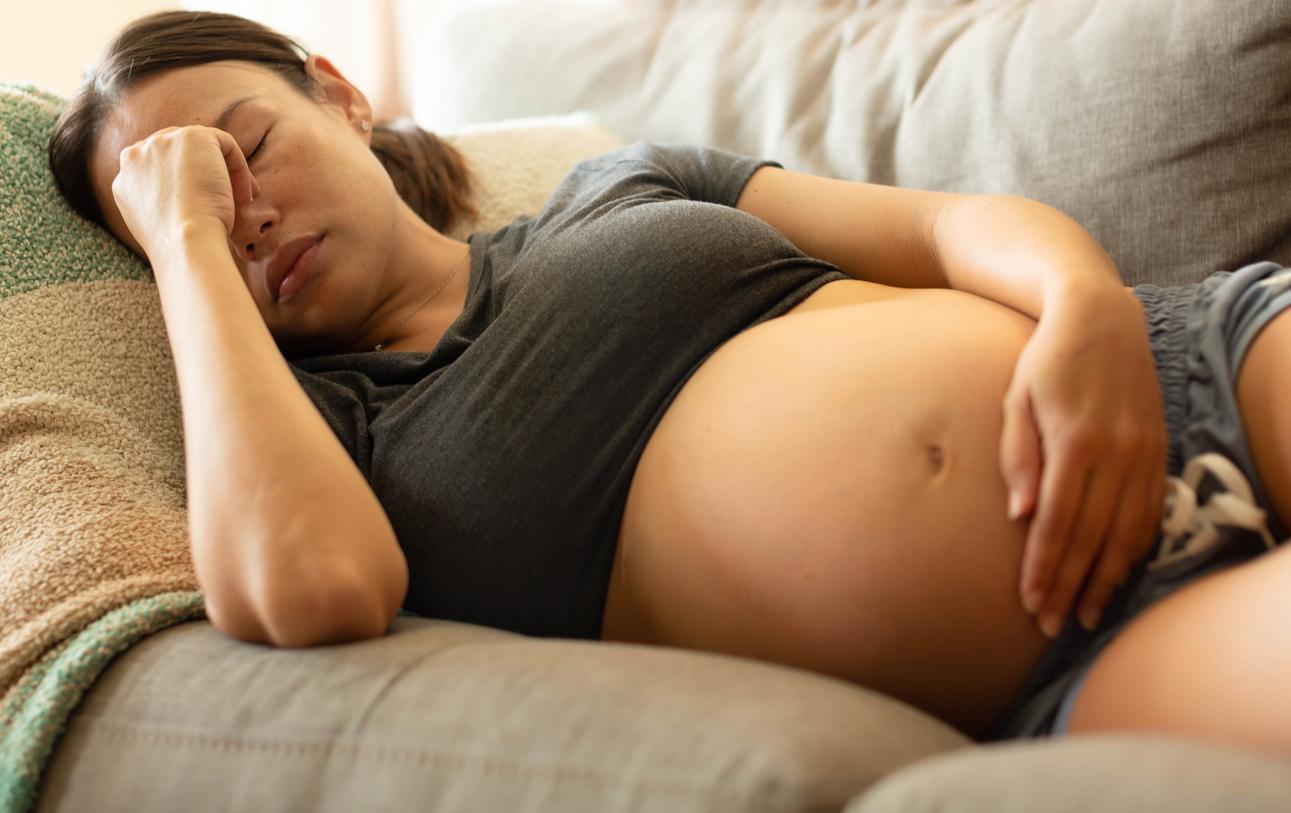While American experts have just spoken out against the start of human trials using this technique, a regulatory project is under discussion in Great Britain.
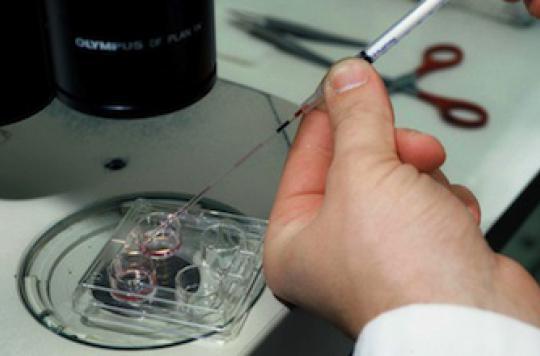
Conceive a child from the genetic code of 3 individuals. While this scientific challenge has already been taken up on several occasions by various researchers around the world, this technique has not ceased to agitate the scientific community for twenty years.
Concretely, this assisted procreation method consists in removing from the mother’s egg the defective mitochondria, that is to say the energy generator of the cells, to replace it with a healthy mitochondria obtained from a donor. Once fertilized by the father’s sperm, the egg is implanted in the mother and the fetus thus develops with a combination of the three DNAs.
Beyond the ethical questions it raises, it is also the safety of the method, both for the mother and for the child, which divides the experts.
In the United States for example, a committee of specialists has just made very mixed recommendations to the Food and Drug Administration (FDA) on Wednesday. According to them, this procedure evaluated there, as it would prevent the transmission of rare but incurable mitochondrial diseases, is not safe enough to allow the start of clinical trials in humans. “Overall there is great concern about the well-being of these children,” said Dr Evan Y. Snyder, chairman of the expert committee at AFP. At this stage of the research, there is probably not enough data, whether in animal experiments or in laboratories, to start clinical trials ”.
Yet this Thursday, on the other side of the Atlantic, British specialists seem to be taking another path. Indeed, a draft regulation has just been published which could make Great Britain the 1st country in the world offering “3-DNA IVF” to parents wishing to avoid certain incurable genetic diseases for their children. However, the government has specified that this regulation should still be subject to referendum and parliamentary approval.
Experiments in New Jersey
“To my knowledge, there are at least twenty children who were born in the USA conceived from three DNAs,” explains Professor Samir Hamamah, head of the reproductive biology department of the University Hospital of Montpellier. In the late 90s, Dr. Jacques Cohen in New Jersey had embarked on these experiments. He has also published several studies on the subject that gave birth to several children, but no one knows how they are today ”.
Although these were not exactly the methods currently being tested on mice or monkeys, in 2001 the FDA stopped this type of experiment for ethical reasons. Today, certainly thanks to different techniques, certain specialists wish to engage again in these genetic modifications of unborn children, to help families at risk of mitochondrial diseases. Incurable pathologies transmitted by the mother and which affect approximately 1 child in 6,500 in the world.
Playing with fire and raising false hopes
“Today, the tragedy of medically assisted procreation is that we always want to go further and faster,” confides Professor Hamamah. With these techniques, I consider that we are playing with fire and that we risk creating false hopes in these families.
According to him, current scientific data does not allow us to confirm that these methods allow to remove all traces of the sick DNA of the mother within her egg and therefore the risk of transmission to the baby. Finally, according to him, nothing allows to guarantee today, the future state of health of these hybrid children.
So far, these new strategies have only been tested in mice and monkeys, and to a limited extent on human oocytes and embryos in vitro. “It’s about making genetic changes that will manifest in future children in every cell of their body,” Prof. Marcy Darnovsky, director of the Center for Genetics and Society in California at Medpage, told Medpage.
This specialist recalled that women with mitochondrial disease have alternatives to have a healthy baby such as adoption or IVF with egg donation. “Even if there is still a lack of egg donation, for these women today it is the safest technique. For the moment, benefiting from an oocyte donation is the healthiest and most controlled way to fight against mitochondrial diseases, ”concludes Professor Hamamah.
.









